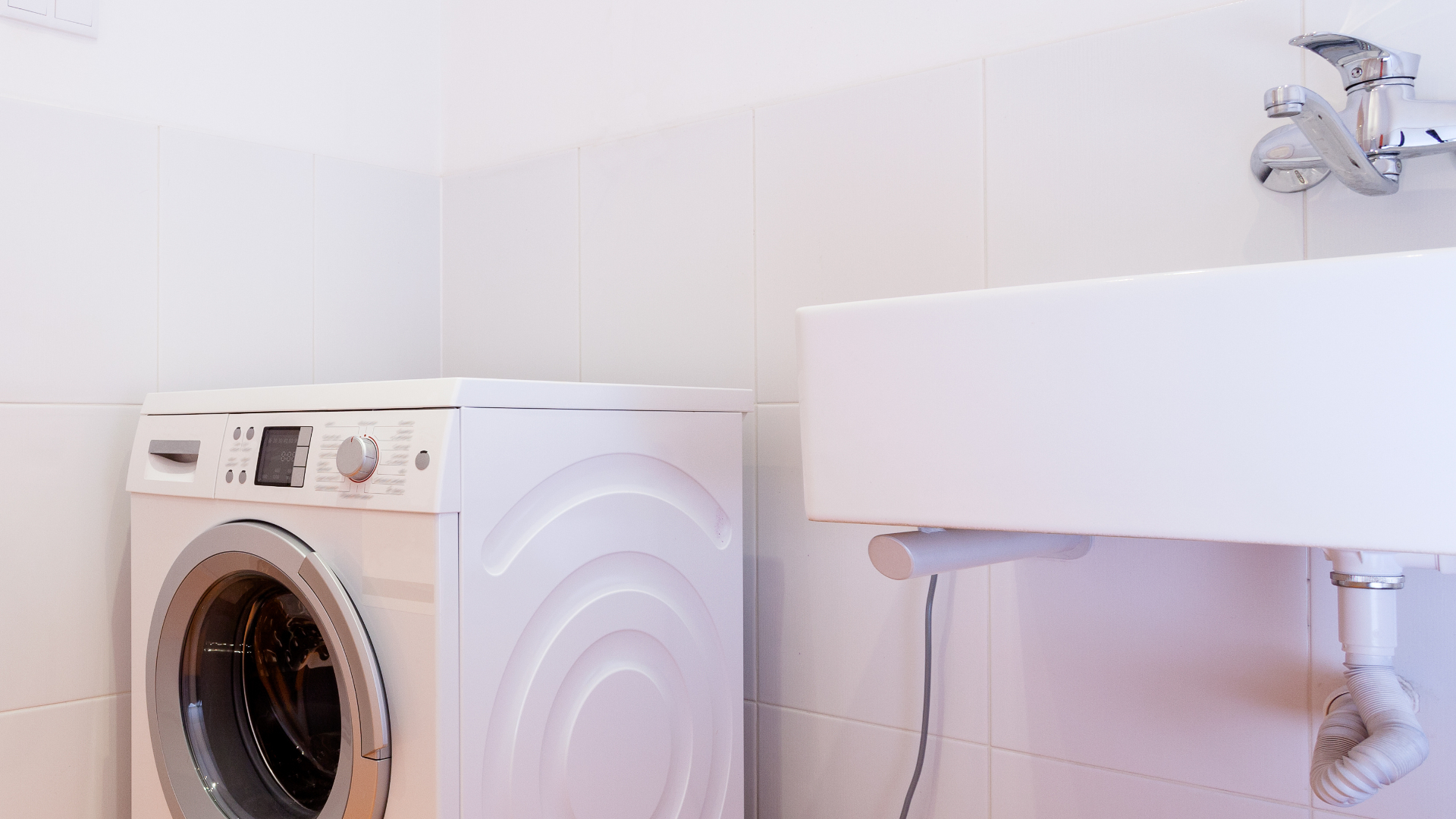
Your washer faucets provide cold water and hot water for your washing machine to run, and usually, you won’t need to think much about them. However, if one of the faucets starts to leak, you’ll need to replace it. Thankfully, this is not as difficult a task as it might seem. Read on to find out how to replace your washer faucet.
Please note: When you remove the faucet, you may find that the issue is with a faulty faucet washer. In this case, you won’t need to replace the entire faucet, just the washer.
If you want to replace the entire faucet, you will ideally need to source a replacement before you start this procedure, as it requires turning the water off. You can take a picture of the washer faucet and show it to a worker in a hardware store, and they will help you find the same one. Or you can take the entire faucet to the hardware store once, and find a replacement one that way.
Items you will need:
- A replacement faucet or a replacement faucet washer (you can determine which you need once you remove the old faucet.)
- A screwdriver
- A wrench
- Grease-based plumbing lubricant
Problems caused by a leaking washer faucet
You may first notice your washer faucet is leaking if you see water pooling on the floor beneath your washing machine. If you notice this, you’ll need to replace the faucet as fast as possible; a leak like this can cause substantial damage if left unattended.
Water pooling on the floor and seeping into the drywall can cause paint flaking, mildew, and permanent damage to the walls and floor themselves, so it is essential to remedy the problem immediately.
Gain access to your washer faucet
If you can easily see the washer faucets in your laundry, you can skip this step. However, in some laundry rooms, the faucets are hidden in a cabinet or beneath a sink for a more aesthetically pleasing appearance. In this case, you may notice water pooling but not be exactly sure where it is coming from. Once you locate your washer faucets and confirm which one is leaking, you can move on to the next step.
Shut off the water supply
First, you need to locate and turn off the shutoff valve that supplies water to the faucet that needs to be replaced. The shutoff valve is usually located beneath the sink. If you can’t find a shutoff valve, you’ll have to turn off the water to your property completely; or, if the faucet you’re replacing is the hot water faucet, you can turn off the water supply to your hot water tank. If you live in an apartment building, you may need to get permission to turn off the water for your apartment.
Remove the faucet handle and stem
Remove the handle
- Begin by loosening the screw that holds the faucet handle in place. This is found at the top of the handle, underneath a plastic cover.
- Some handles will have what is known as a set screw, which you can remove with an Allen wrench.
- Once the screw is removed, the handle will come off easily. Make sure you store the screw somewhere safe to use later.
Remove the stem
- Open the faucet slightly and then loosen the lockdown nut with a wrench.
- Once the nut is loose, you should be able to remove the stem by rotating it in the same direction as the lockdown nut.
- After you remove the stem, store it somewhere safe and save the lockdown nut for when you reinstall it.
Replace the washer if needed
Once you remove the stem, you’ll be able to see the washer. It’s possible that the washer is causing the faucet leak. In this case, you can simply replace the washer, then reinstall the old faucet.
- To see if the washer is faulty, unscrew the brass screw that holds it in place.
- After you remove the washer, inspect it to see if it’s damaged. If it is, buy a new washer to replace it. You can take the old one into a hardware store and find a matching replacement.
- Insert the new washer into the stem and secure it with the screw you removed earlier, or a new screw if the old one is damaged.
Install the new faucet
After you’ve replaced the washer in the faucet or installed a new faucet, the final step is to put everything back together.
To replace the faucet:
- Spray a grease-based lubricant on the stem’s threads. This will allow the stem to open and close easily, preventing leaks.
- Return the stem to its original position and rethread the locking nut to secure it. Before proceeding, ensure that the O-ring is not worn out or defective; if it is, replace it.
- Replace the handle to its original location and secure it with the screw you had set aside.
- Turn the water back on, then run a test load to ensure that the faucet is no longer leaking. If there are no leaks, congratulations! You just successfully replaced your washer faucet.

Eliminate the Burning Smell From Your Microwave

Fixing a Samsung Freezer That Won’t Freeze

Whirlpool Oven Won’t Heat: Here’s What To Do

Easy Steps to Clean Your Refrigerator Coils

Quick Fixes for an LG Dryer Not Heating

How to Fix an Electrolux Dryer That’s Not Drying

Why Is Your Whirlpool Washer Lock Light Flashing?

Why Is Your Freezer Door Not Sealing?

How Does a Ventless Dryer Work?

